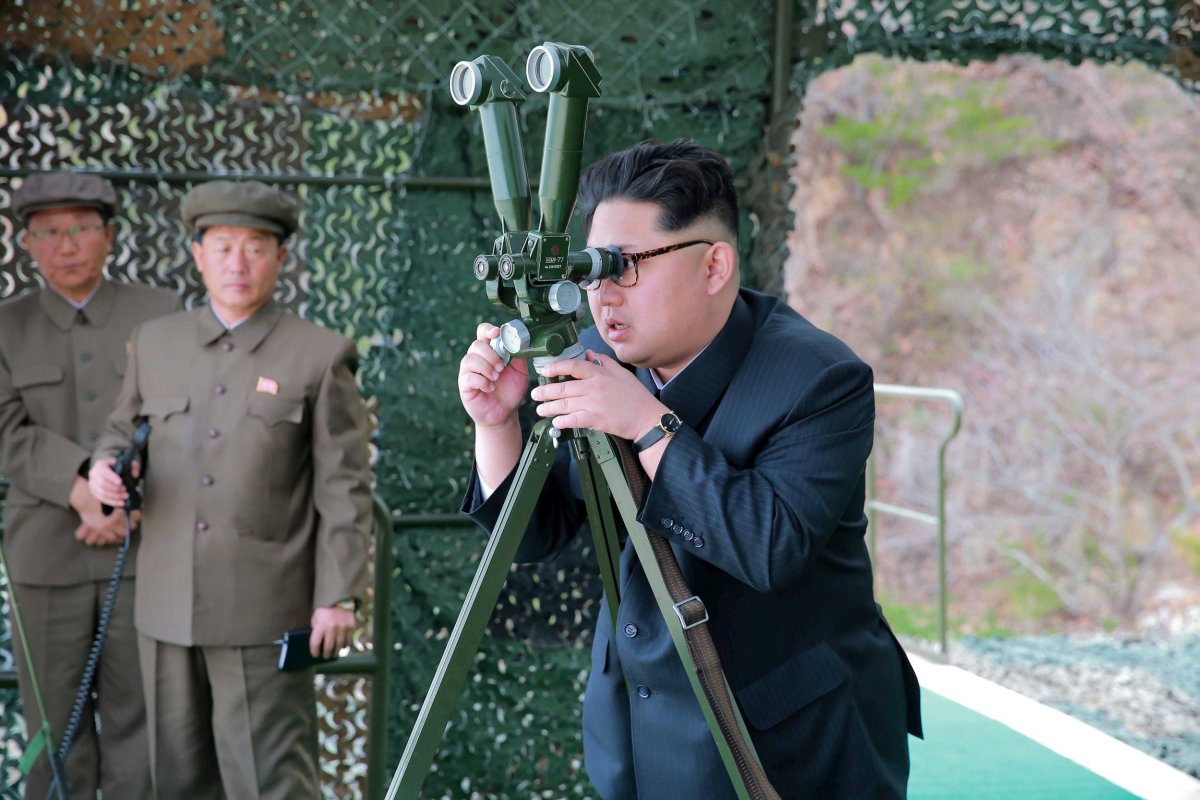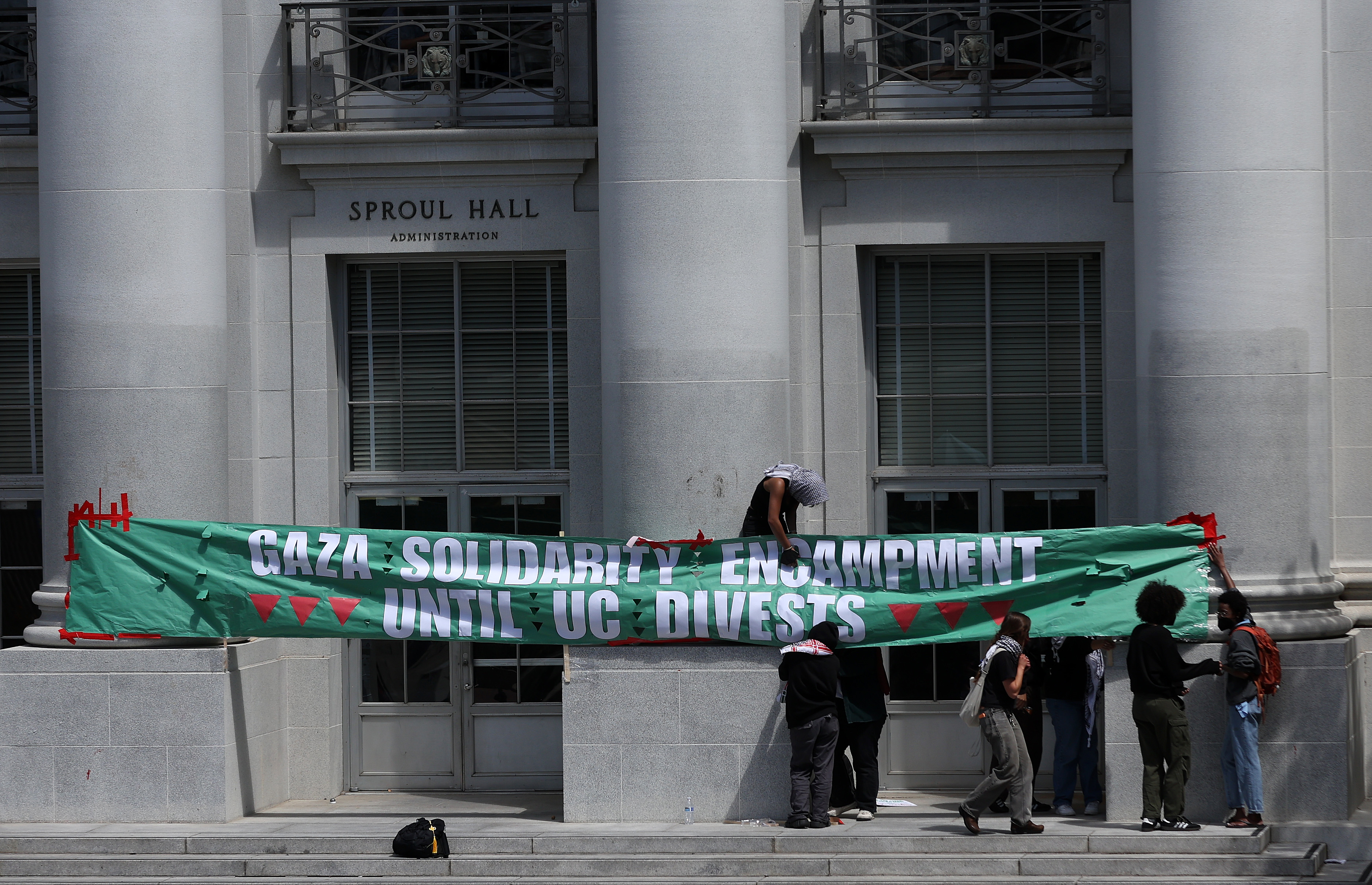
North Korea has threatened to wipe out Guam, a U.S. territory in the Pacific, and cities across the U.S. in recent years, but can it actually carry out its threats?
A North Korean propaganda photo from 2013 revealed leader Kim Jong Un reviewing documents that appeared to include potential targets for an attack against the U.S. The map included Hawaii, one of the closest U.S. destinations to North Korea and home to U.S. military bases that oversee all units in the region. It also highlighted San Diego, a major port for the U.S. Navy, and Barksdale Air Force Base in Louisiana, home to the US Air Force's Global Strike Command. Washington, D.C., with the White House and Congress, also made the list of targets. Meanwhile, David Wright, an analyst at the Union of Concerned Scientists, has said North Korea's intercontinental ballistic missiles could strike Los Angeles, which is about 9,500 kilometers from North Korea, as well as Denver, New York, Boston or Chicago. And North Korea itself said earlier this year that its testing had "confirmed all the U.S. mainland is within our striking range."

Alaska, however, might be the most vulnerable state to an attack from North Korea. The distance between the remote nation and remote state is about 3,000 miles, a distance North Korea's missiles have crossed before. Alaska will be "in range" of a North Korean missile "very soon, if not now," said Alaska Senator Dan Sullivan earlier this year, noting that at some point, "all of those ranges would include a nuclear warhead on top of the missile."
Kim's regime carried out its sixth and most powerful nuclear missile test ever in September, prompting new sanctions from the United Nations and vows from world leaders to stop North Korea's nuclear ambitions. Experts have been somewhat divided over whether a North Korea attack could actually reach the U.S. For now, the U.S. might be safe, said David Albright, an analyst at the Institute for Science and International Security. "It's too early to conclude" whether North Korea can target the U.S., he told USA Today after the most recent nuclear test. "There's a lot of uncertainty."
That doesn't mean Americans should necessarily feel safe. "I don't think time is on our side here at all," Philip Coyle, an analyst at the Center for Arms Control and Non-proliferation, told USA Today. "Are they there now? I don't think so, but if we keep fooling around they are going to get there."
Uncommon Knowledge
Newsweek is committed to challenging conventional wisdom and finding connections in the search for common ground.
Newsweek is committed to challenging conventional wisdom and finding connections in the search for common ground.
About the writer
Cristina Silva has written for the Associated Press, the Tampa Bay Times, the Boston Globe, the Miami Herald, Salon, International Business ... Read more
To read how Newsweek uses AI as a newsroom tool, Click here.








